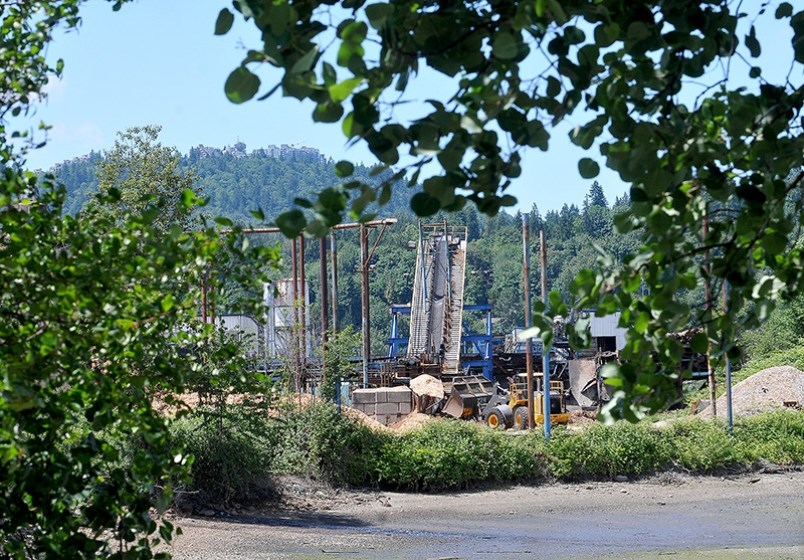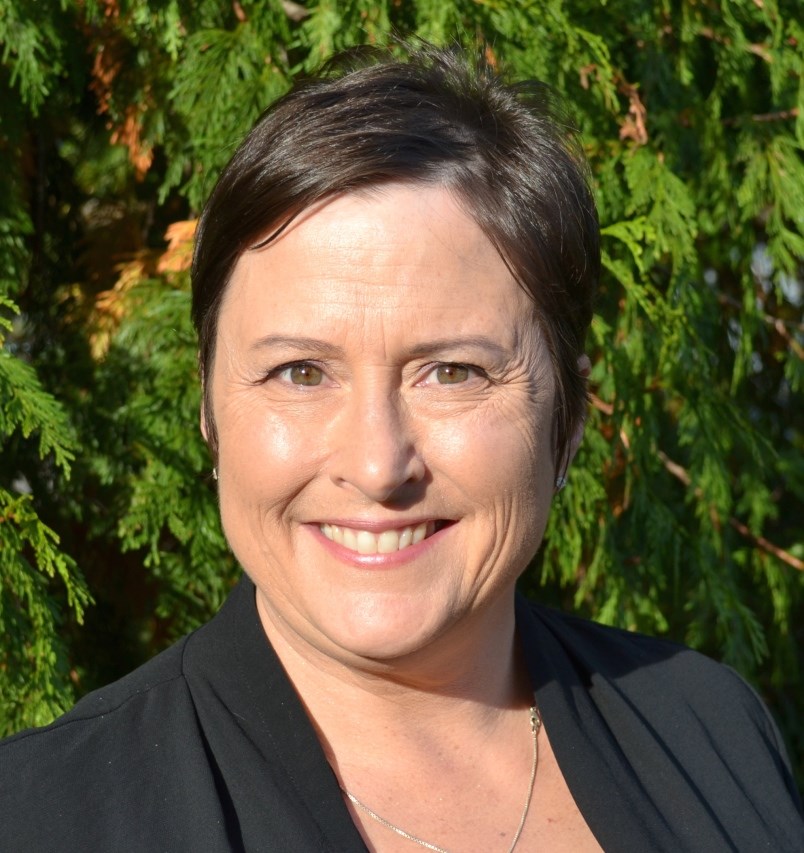School District 43 and Port Moody council don’t see eye to eye on where new schools should be built and it might be the fall before things can be worked out.
Tuesday, PoMo councillors unanimously opposed the district’s latest proposal for acquiring land for new schools and hope to meet with the school board in the fall to hash out their issues.
PoMo councillors had trouble understanding why SD43 needs a future school in the Flavelle area, the site of a proposed 3,997 unit development, when it already has Moody elementary school on St. Johns Street.
“It would be nice if they would come and speak to us personally,” said Coun. Meghan Lahti,.
This is the second year in a row Port Moody politicians have given SD43 a rough ride for its calculation of land and schools needed to accommodate students moving to new developments in the area.
A facilitator has yet to settle last year’s dispute, according to the school district, and will be reviewing PoMo’s concerns for a report to the Ministry of Education.
This year’s proposal seeks an increase to School Site Acquisition Charges to $1,000 from $654 for low-density housing units and to $600 from $392 for high-density. The city collects those fees.
With these fees, SD43 hopes to raise a portion of the $150 million in anticipated land costs for six new schools: five in Coquitlam and one called Port Moody Centre based on projections that 6,000 new students would move to the Tri-Cities over the next 10 years.
But several PoMo councillors at Tuesday's meeting were wary of setting aside costly land for a school, and said SD43 would have to answer to taxpayers for the expenditure, which is mostly funded by the provincial government and would be requested in the district’s 2020-’40 capital plan.
Lahti told the Tri-City News she doesn’t understand why SD43 needs another school within Port Moody’s downtown area, and prefers to leave Moody elementary where it is.
“We are not supportive of purchasing new land somewhere else in Moody Centre when there is land which is exactly where we like to have [a school],” Lahti said, explaining that the waterfront development on the current mill site isn’t expected to house a lot of children, unlike the St. Johns neighbourhood across from the existing school, which she noted is close to transit.
But plans are already underway to move Moody elementary from the corner of St. Johns and Moody streets about one kilometre to the east, to the land in front of the recently rebuilt Moody middle school, with funds expected soon for the $22-million replacement.
The challenge of rebuilding Moody elementary on the existing site, according to SD43 secretary treasurer Chris Nicolls, is that it is too small to build a new school while keeping the existing one running for students, and projected development for Port Moody shows a need for an additional school.
“It’s a high densification area and based on the uptake of students — based on what flows now from highrise condos and apartment living — we have determined that a school is required there in order to meet the outflow of students that we’ve been able to determine is going to originate from development,” Nicolls said.

While there is disagreement, both the district and council appear willing to meet to discuss the issues further. In an email to The Tri-City News, Acting Mayor Hunter Madsen said council's outstanding questions can be resolved in a meeting.
“I think the board’s letter left some of us with questions that I’m sure can can be readily addressed when we touch base on this issue. Our community plan calls for Port Moody to grow its population by 50% over the next couple decades, in a relatively small municipality where available public land is limited, so I think it’s best that we work together and align expectations and planning as closely as possible up front."
Lahti said she is also concerned that the district has plans to sell the land on which Moody elementary sits once the new school is built and students are relocated. She said she would not support high density on the site, if that is in the district’s plans.
But Nicolls said a potential land sale is a long way off and hasn’t been approved, noting a decision to sell land would require a process that has yet to begin. In fact, funding hasn't been approved for a new Moody elementary and, once it has, it would still take take two years to build the school.
(At its last board meeting in June, school trustees approved the expenditure of $100,000 to get started on the school's design.)
He said a meeting could likely be set up between the board and PoMo council in the fall.
The Eligible School Site Proposal is an annual document that must be approved by the three cities each year and gives a long-term picture of what schools will be needed in the future, although it is subject to change. This year, for example, SD43 removed a school for the Ioco area from the list and a school for Fraser Mills in Coquitlam was added back to the list after it was removed for a few years.
Projected land acquisition costs for new elementary schools are as follows:
• Fraser Mills, $32.6 million;
• Riverwalk (along the Coquitlam River), $17.2 million;
• Hazel Coy (Burke Mountain), $17.2 million;
• Moody Centre, $32.6 million;
• Coquitlam City Centre, $33.9 million.



